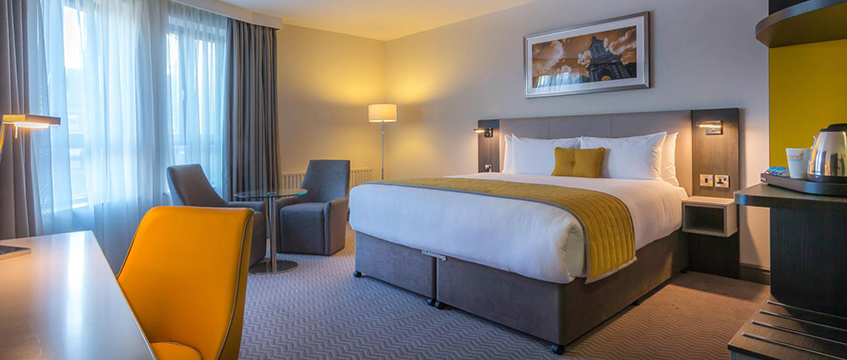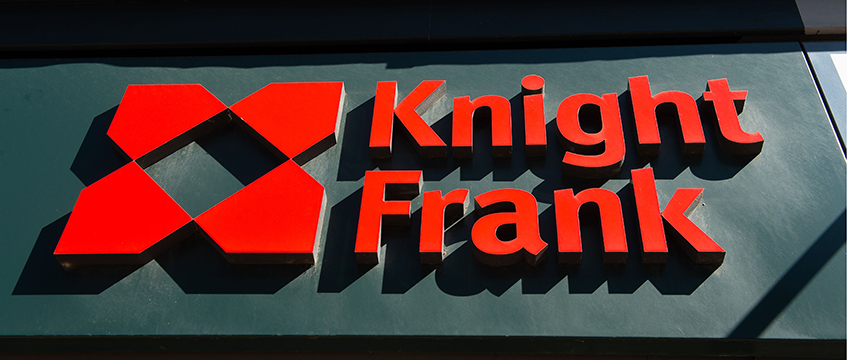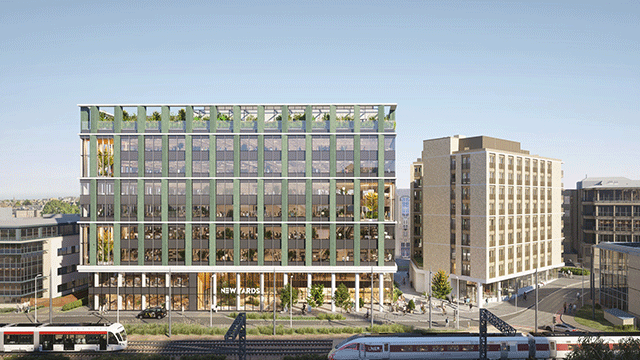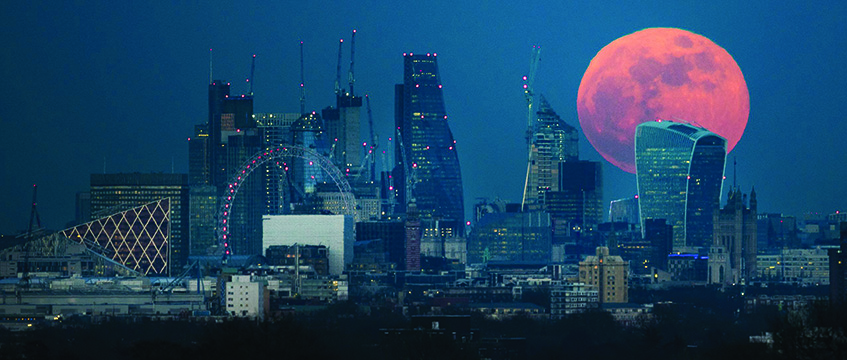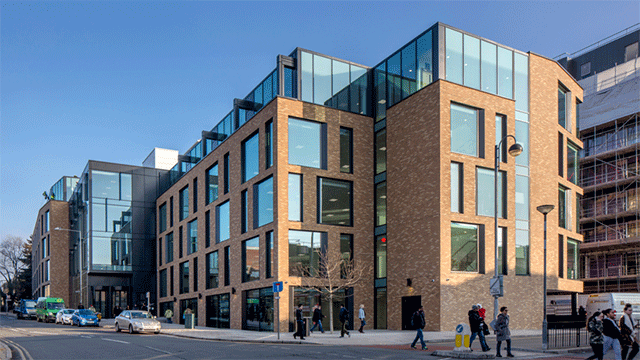Leasing activity in London’s office market has seen the best start to a year since the pandemic started, according to the latest research from Gerald Eve.
Occupier take-up in the capital reached just over 3.1m sq ft during Q1. This was a slight decrease of 1% when compared with Q4, when the market saw the highest levels of leasing activity since the pandemic started. However, it was 4% above a five-year quarterly average of just over 3m sq ft.
Activity focused on smaller requirements during the first quarter, the research found. Lettings between 10,000 and 20,000 sq ft made up a significant portion of demand with 713,000 sq ft (or 23%) of all activity, which totalled 3.1m sq ft in Q1.
Researchers said tenants are “now voting with their feet” for best-in-class space, with sustainability at the forefront of decision making. Post-Covid requirements continue to shape the criteria for office space, with subjective business-linked or staff retention demands ranking higher than overall cost in the search for office space.
Availability continued to decline, driven by two consecutive quarters of above-average demand. The rate now stands at 8.1% in Q1, down from 8.7% in Q4.
However, Gerald Eve said tenant-controlled space remains a residual part of post-Covid availability in London, with a total of 5.6m sq ft still vacant. This amounted to 26% of all availability.
Looking ahead, incentives offered throughout the pandemic are expected to shrink while grade-A rents remain stable and terms tighten in response to improved demand and sentiment.
That said, visits to the workplace were 40% below the February 2020 baseline, with figures on a slight decline in the early portion of April. The research noted the common adoption for many occupiers appeared to be three out of five days on average in the office – a 40% fall in occupancy terms.
Construction costs this year are forecasted to be 5% above the expected level at the end of last year. Combined with wider shortages in materials and labour, these factors are expected to obstruct scheme completions. Despite this, 7.3m sq ft of office space is expected to complete in the remainder of 2022, a third of which is prelet so far.
Investment volumes grew by 13% in Q1, compared with Q4. This equalled £3.5bn, sitting at 18% above the five-year quarterly average. Researchers attributed the growth to the return of overseas investment on the back of more relaxed travel restrictions.
Investment this quarter was characterised by large deals. Half of the purchases were made on lot sizes worth more than £100m, with £3bn attributed to this segment.
Lloyd Davies, partner at Gerald Eve, said: “Market sentiment is selectively buoyant, with the increasing activity from overseas capital creating competition on the better assets. While overall transaction volumes are skewed by a few larger deals, the emphasis remains on quality in all lot sizes, while pricing around value-add opportunities has become increasingly sensitive to debt and build cost pressures.”
Patrick Ryan, partner at Gerald Eve, said: “There is a growing expectation that staff need to be back in the office even if it remains a hybrid arrangement.
“Returning staff demand better working environments, with sustainability, individual wellbeing, and company values and brand taking centre stage. This continues to fuel demand for new and good quality space across central London but, below the surface, grade-B, second-hand stock is struggling to let.”
Explore and compare more London office lettings here >>
To send feedback, e-mail pui-guan.man@eg.co.uk or tweet @PuiGuanM or @EGPropertyNews




